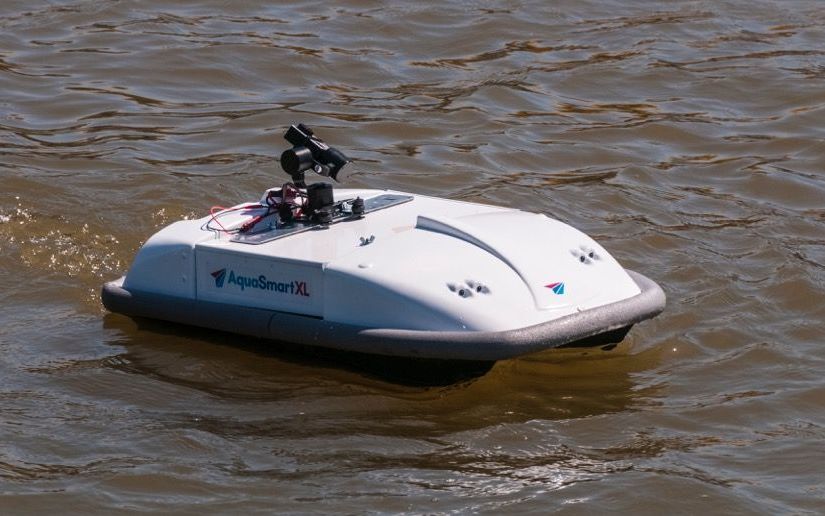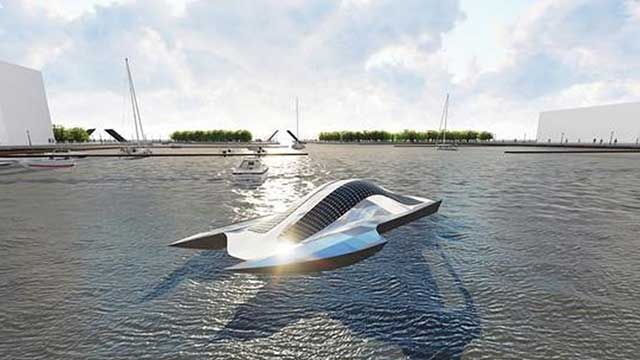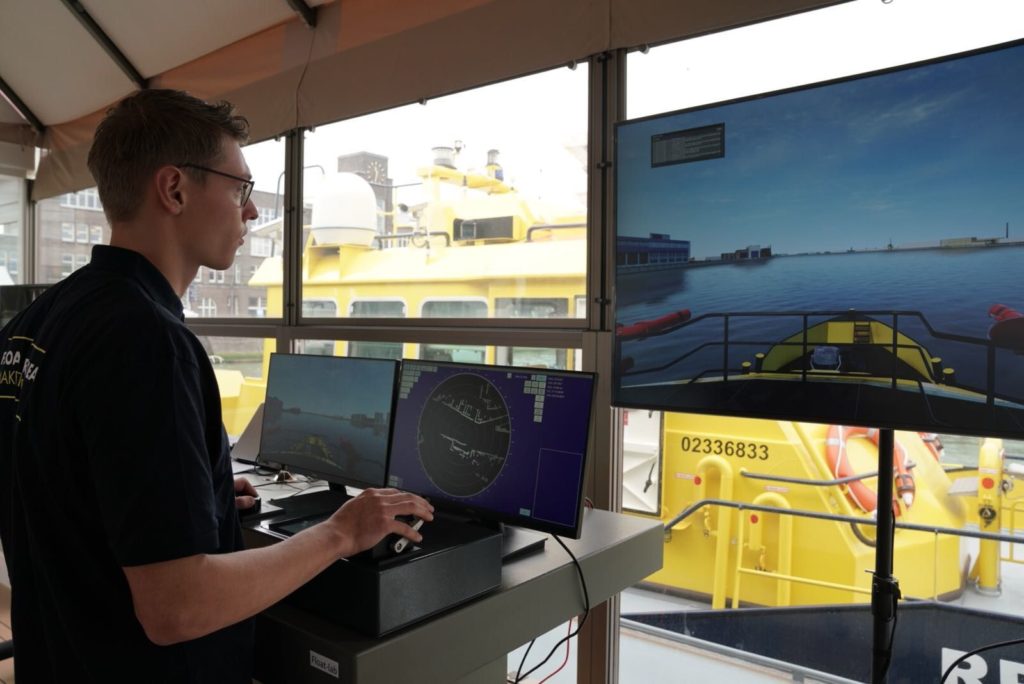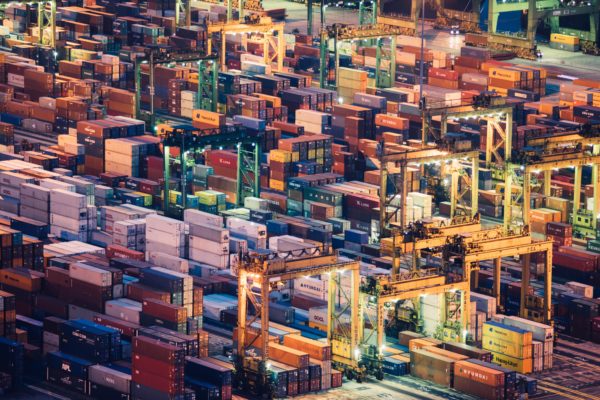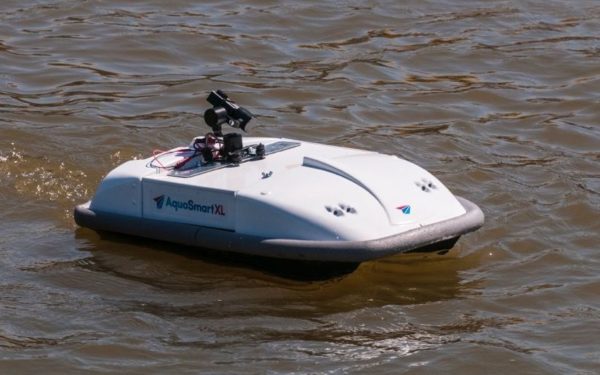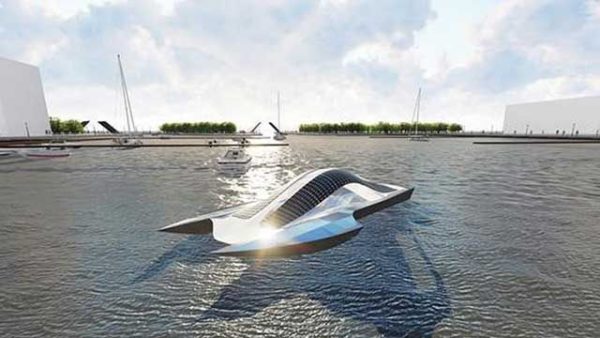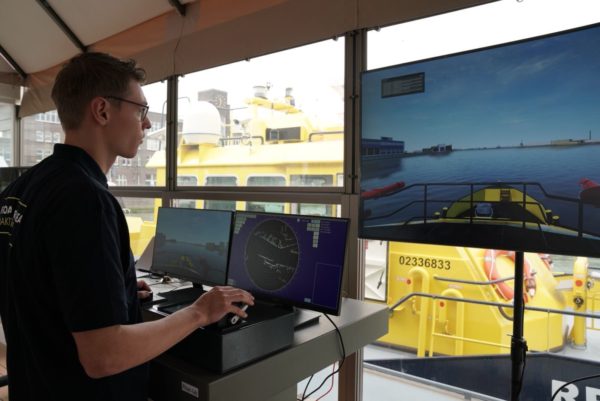Many discussions about mobility revolve around land traffic, but we seem to forget that a huge amount of traffic happens on the water as well. Ports and harbors are the economic backbones for a lot of cities worldwide. Rotterdam as a Dutch metropolis fits both criteria, being a port city and also striving for the Smart City status. For the city authorities, it is about employing technology to not only create a livable but also a future-proof city. With over 200 smart-city-related initiatives, projects and a designated district for innovators, Rotterdam is heavily invested in this direction.
Ports are crowded places. Heavy container ships, sailing boats and all kinds of vessels and cranes manoeuvre the docks each day. Many of those depend on fossil fuels, thus making shipping quite relevant when talking about cutting CO2 emissions. And of course, the pollution of the water creates an issue in and of itself. That is why the Authorities of Rotterdam rely on an innovation culture that might solve those problems. Chief Executive Officer Allard Castelein says:
“Innovation cannot be forced. However, you can create an environment in which innovation is likely to take place and be in line with the market.”
And so Rotterdam does: the city is supporting research institutions (e.g. Port Innovation Lab), universities (Delft University of Technology) and relevant Dutch start-ups while scouting and collaborating with other port start-ups worldwide. This effort yielded in several successful projects already. So here they come – water drones.
First one is the AquasmartXL. A surveillance and inspection boat that is small, unmanned and sends real-time camera data to the shore. Very useful for difficult and dangerous places. Second in line is the Water shark. With the size of a passenger car and the ability to open its front ‘mouth’, it can collect around 500kg of waste during its 24-hour shifts. The third is not really a drone, rather a floating platform that generates images of the port. Being combined with other real-time data like sailing speed, weather and tidal information the team of the Floating Lab might be able to find algorithms for unmanned sailing, which by the way is far more complex than that of autonomous cars.
The goal of Rotterdam’s port authorities for creating a digital twin of the port is ambitious but on its way. And the first artificial captains might soon be in training to make the water a more safe and efficient place. How the port might look like one day is hard to stay, but more drones and other autonomous entities will follow for sure – think remote-controlled fire extinguishing or tidal wave energy collection. Let’s just hope we will get along with captain AI and his colleagues.

